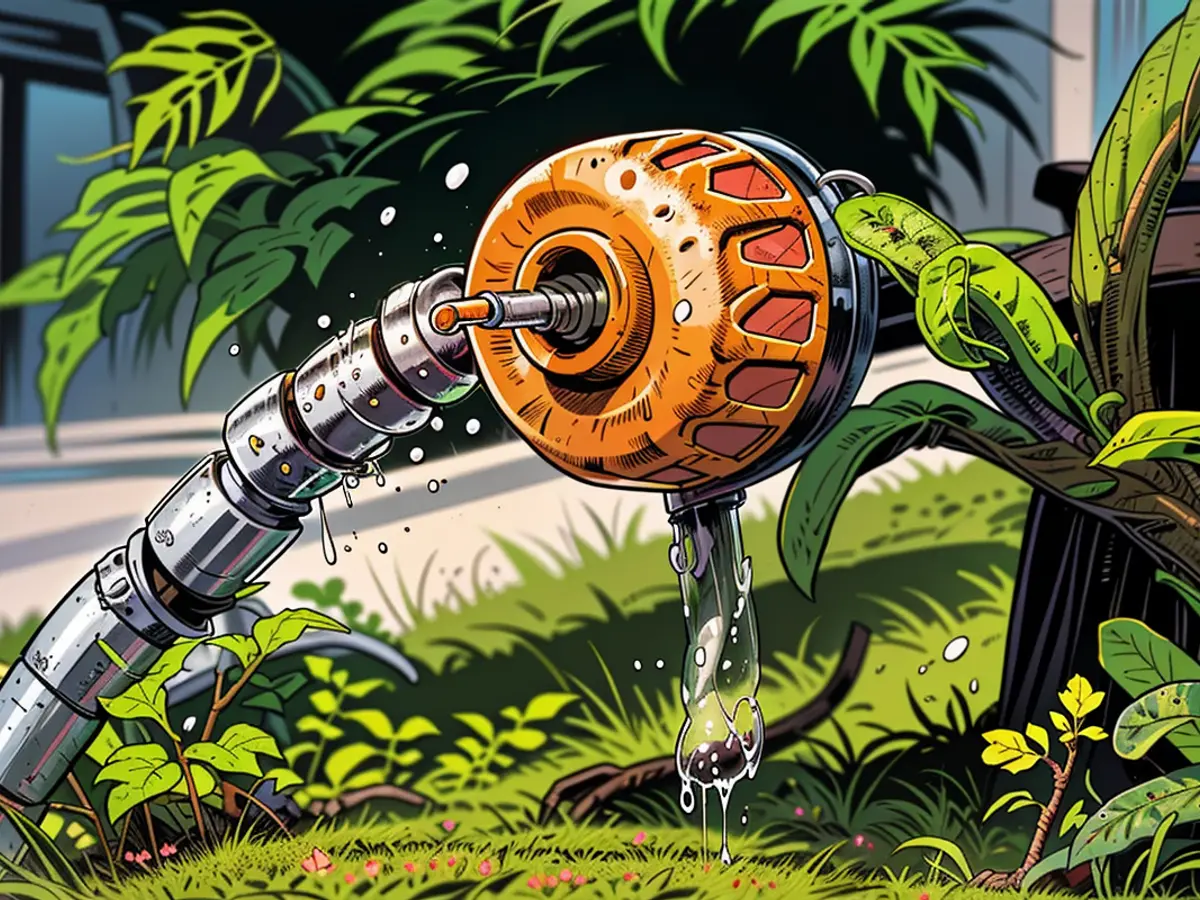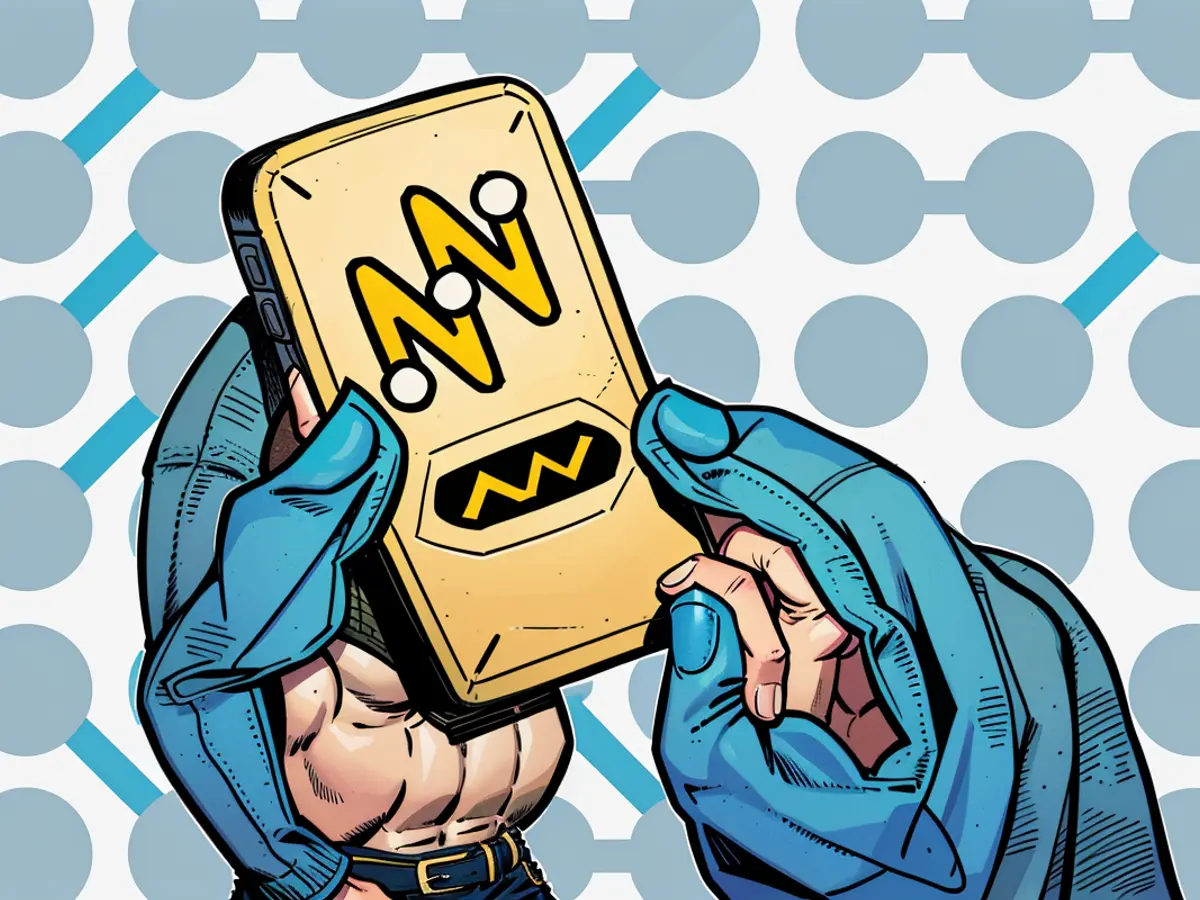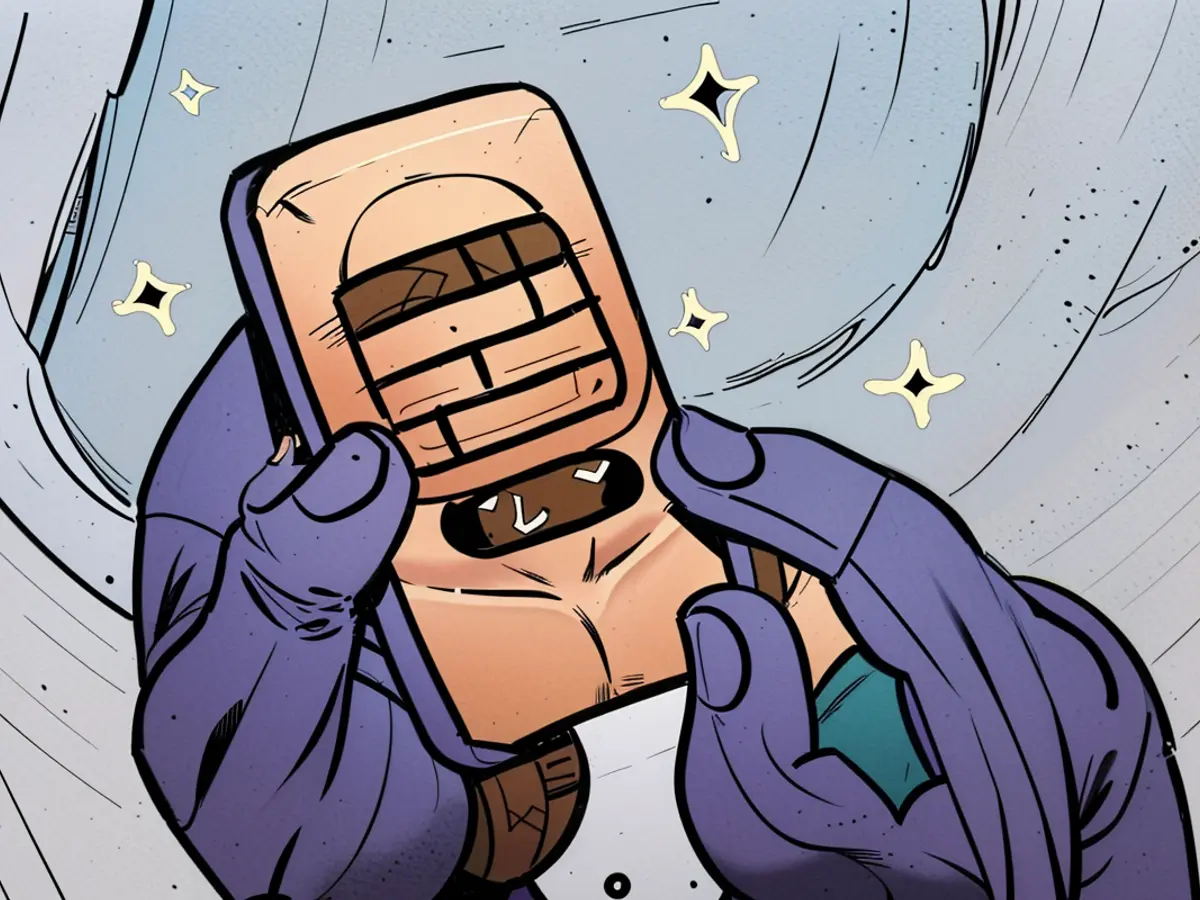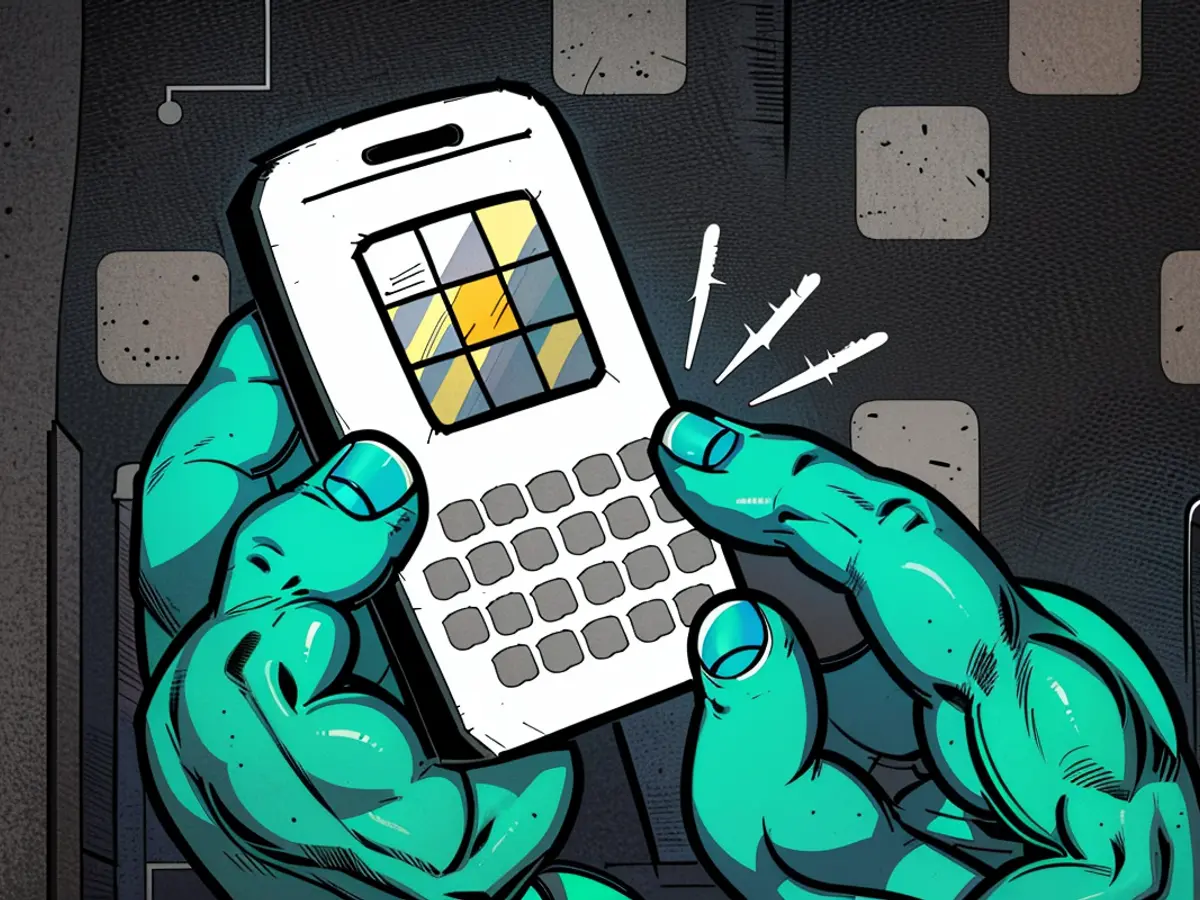How to Build a Lawn Sprinkler and Drip System (Without Major Digging)
It is truly luxurious to have a garden where sprinklers and drip irrigation are already present, but that’s not the case for most people with gardens. That means people spend a lot of time and wasted water on cobbled-together systems involving hoses, timers, and those awful oscillating sprinklers. These overhead watering sprinklers aren’t precise, so water is wasted and rain down water hard enough that they can lead to virus and fungus spreading in the garden as the water bounces off the soil and back onto plants—plus, they’re always in the way, with hoses snaking across the lawn. Soaker hoses coming off your hose bibb aren’t much better, breaking down in a few summers and leaking endlessly. A better solution is to water via a real dripline at the root and put sprinklers only where you need them, focused specifically on the small areas they should water. While it is certainly better to have a real drip or sprinkler setup, there are a variety of ways you can accomplish a semi-professional watering system on your own, using the same tools to achieve a much cleaner look in your yard.
Divide up the space into zones
The first thing you’ll need to do is divide your yard into zones. Sketch out your whole garden and all your boxes and grass spaces—anything that needs to be watered. The grass is one zone, and perhaps all your garden boxes are another. The zones can be based on area instead, so you simply divide your yard into four smaller areas. A zone will all be watered at once, so what you’re really considering is what areas need the same amount of water. You don’t want to overload any one zone, since your hose bibb has less pressure than the main water line (you can run a test on your hose bibb to see how much pressure it has). Since you won’t be tapping directly into your waterline, using your hose bibbs instead, the zones must relate to the location of the bibb. Note all the bibbs on your sketch and then look at how each zone relates to that hose bibb. If you had to run a line to that zone from the bibb, where would it go? It’s OK if it just runs on the ground next to the house, but draw it out, trying to arrive at the shortest distances possible, since unlike professionally installed lines, you’ll see these above ground. Minimize how much line you’re using, how many turns it takes, and crossover of lines. Now, go outside to start measuring those lines and visualizing each turn so you can translate that to fittings.
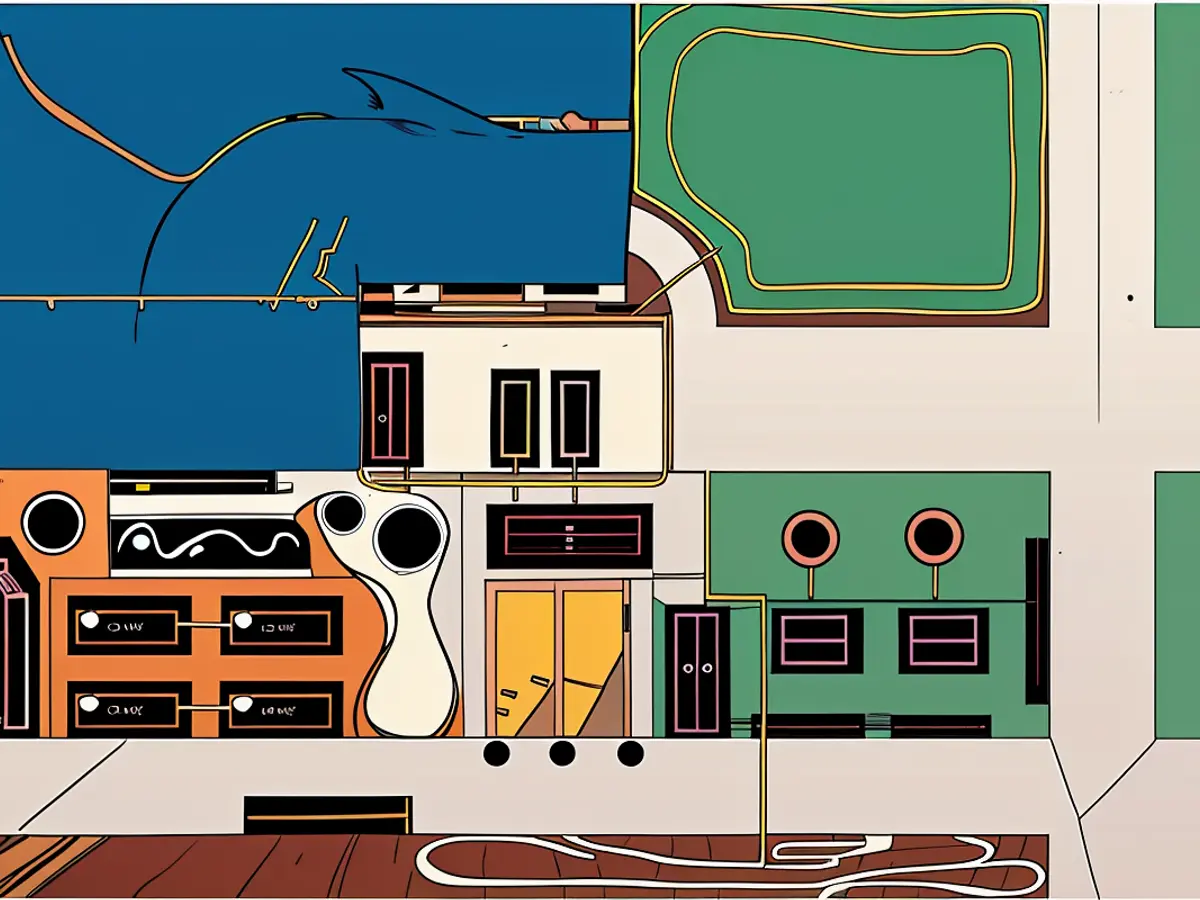
I used color lines to divide this area of my yard into zonesCredit: Amanda Blum
Attach timers and run blank line to each zone
Although most people don’t know this, in most places even the driplines or overhead oscillating sprinklers you run should have a backflow prevention device, per city code. This prevents the water, once it leaves the hose bibb, from flowing back into city water. These small devices aren’t hard to install inline; you just attach it to the hose bibb before any timers. You’ll want to control each zone it independently. Since we’re not using a professional watering timer, you’ll use hose timers. There are a number of smart hose timers, and having tested a number of them, the one I prefer is Racchio, which still occasionally has leak issues, but is better than other brands like Bhyve. I also continue to use non smart timers like Orbit, which have the benefit of having multiple outlets, so you can run many zones off one timer. Otherwise, you’ll need a splitter coming off the hose bibb, and then a smart timer on each outlet.
Now we’re going to start laying down the tubing that will take the water from your hose to the zone, and to do that we’re going to use blank tubing. This means there isn’t any holes in it, so it won’t drip. This tubing is usually a golden brown, so it will disappear into the landscaping. It accepts 17mm fittings, so whether you need an elbow, tee, or straight connection, they’re easy to source. Run this tubing from the hose all the way to where your zone starts, making all the connections you need. A final fitting at the start of the tubing will allow you to connect the pipe to the timer. Repeat this for each zone. The goal is to tuck the tubing out of the way by going around the yard. While this isn’t as good as a buried line like a professional install, the tubing you’re using is far more reliable than a hose, and less conspicuous.
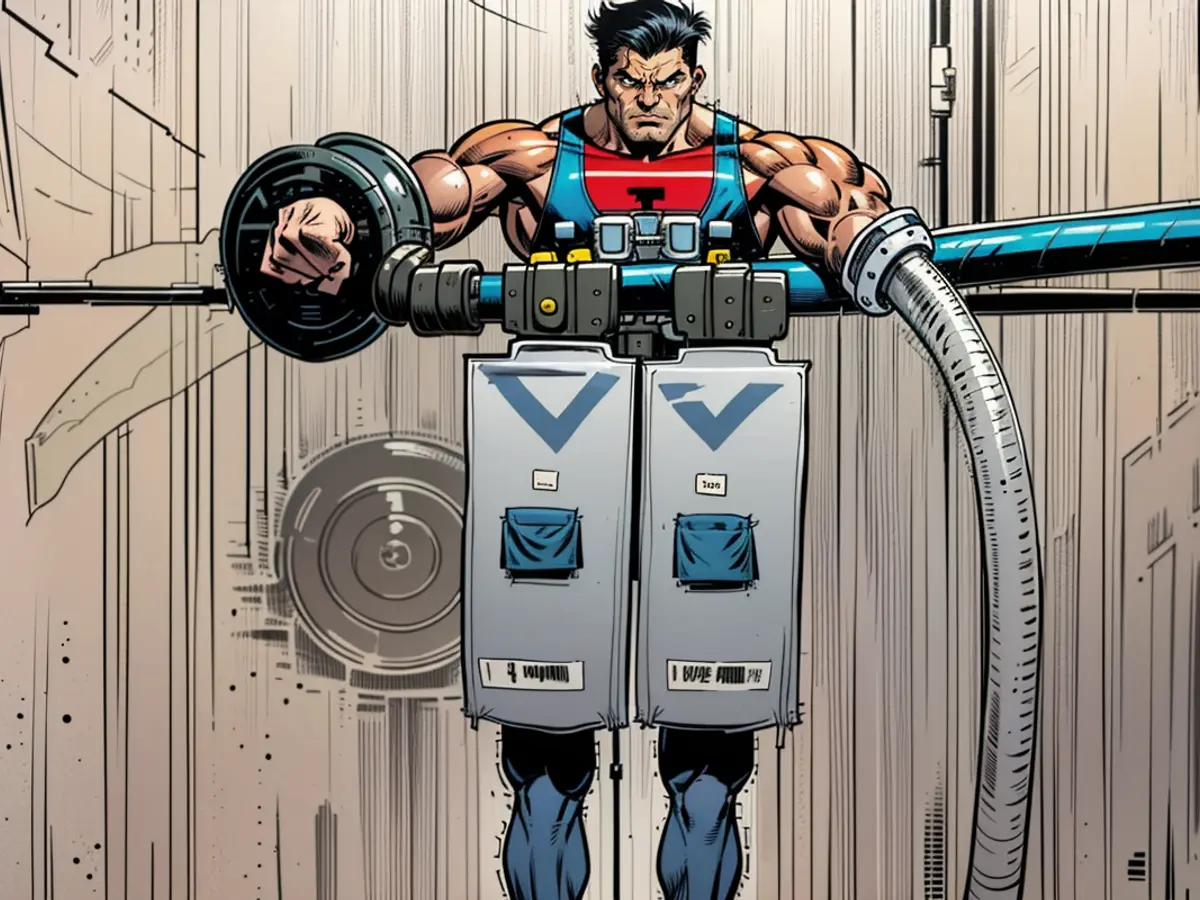
Credit: Amanda Blum
Attach micro emitters, sprinklers, and dripline
Now that the line is run to your zone, you can start attaching watering lines. For a dripline, you connect tubing that has holes in it and will slowly leak water out of it. You want to run this in a circle so it gets consistent pressure, but the tubing is the same diameter and style as the blank line, so you just use additional fittings to connect it. This is the ideal way to water a large area like planting beds around your lawn or raised beds.
You can also connect micro emitters for specialty watering needs like planters or a particular plant that needs its own emitter. You will use smaller 1⁄4 line and fittings to connect these emitters to the main watering line. Using a punch made specifically for this, punch a hole in the main line, and then using a straight fitting on the end of the 1⁄4 line and secure that in the hole. Place any kind of emitter on the end, and use a stake designed for this purpose to hold the emitter in place. The nice thing about emitters is that you can adjust each individually. So if one pot needs more or less water, you can make an adjustment or turn it off entirely. The smaller 1⁄4 line makes it easy to jump from the main line up into planters.
You can use the same 1⁄4 line for micro sprayers, which will act as sprinklers here. There are even pop-up micro sprayers, which mean that when not in use, your sprinklers disappear into the lawn. You simply need to dig a hole about three inches in diameter, as deep as the sprayer stake. Place the sprayer stake in, and then backfill the hole. I like this application as you can easily change out the sprayer head to a 90, 180, or 360 degree angle and then position it as needed. The spray is really fine, but it works well for smaller areas.
How to maintain it
At the end of each season, you need to blow out your tubing (with an air compressor), because it is above ground rather than below the frost line: This will ensure there’s no water left in any of the tubing. In spring, you’ll want to test each line and ensure each of the pop-up sprayers pops up and the emitters are in the right position. Walk around and listen to each zone; you’ll hear if there’s a leak or tear in one of the lines and can fix it by cutting the tubing in that spot and repairing it with a coupler.
Building your own DIY lawn sprinkler and drip system can significantly improve your garden maintenance. To create a home-made drip irrigation system, you first need to divide your lawn into zones, considering areas with similar water needs. Once you've sketched out the zones, attach timers to each hose bibb to control watering independently. After installing backflow prevention devices at the hose bibb, use blank tubing to carry water to each zone, ensuring a clean look in your yard. Lastly, attach micro emitters, driplines, and sprinklers to the main watering line for precise and effective watering.
